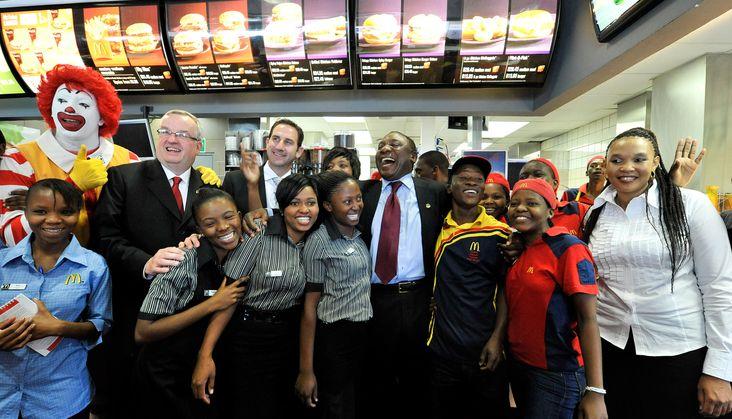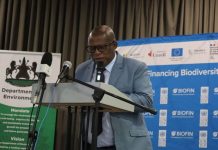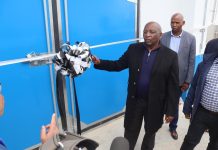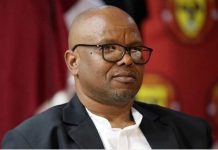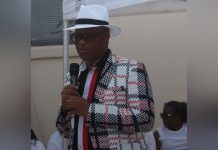Africa-Press – Lesotho. From 1996 Ramaphosa threw himself into the corporate arena. His nadir arrived in 2012 with the Marikana massacre.
From a standing start in the mid-1990s to a personal fortune of an estimated R6bn ($500m) this year, Ramaphosa’s rise, along with that of his coterie of business associates, typifies the strengths and weaknesses of the government’s Black Economic Empowerment (BEE) schemes.
They compelled white capital to hand over some of its more lucrative holdings to a self-selecting clique of commercial cronies. Investors in Ramaphosa’s main business vehicle, Shanduka, have done well since its foundation in 2001, although some analysts claim the returns would have been higher had he been less distracted by politics.
Ramaphosa threw himself into the corporate arena in 1996, wishing to harness business to improve economic and social conditions. He sold his majority stake in Shanduka in 2015 – part of a lengthy process of divestment to resolve conflicts of interest for the then deputy president.
At the beginning, he was headhunted by Nthato Motlana, Mandela’s doctor, to be deputy chairman of New Africa Investments Limited (NAIL), which was pioneering the government’s BEE plan.
NAIL invested millions in the National Empowerment Consortium, an investment vehicle that used workers’ pension funds to finance mergers and acquisitions.
NAIL bought assets as diverse as casinos and media empires, but activists criticised it for using worker pensions to benefit a new breed of capitalists. Three years later, NAIL broke up amid some acrimony. Ramaphosa was frustrated that his ambition to invest in a big mining company had failed.
He returned to the industry as a partner of Glencore, the Swiss-based commodity trader, whose South African chief executive Ivan Glasenberg was diversifying the company.
Glencore picked Ramaphosa’s Shanduka as its BEE partner on a coal export project in 2005. They teamed up again as investors in the Optimum project to supply coal to the state power authority.
That ended badly when the government blocked permits for the mine, forcing Glencore to sell it to the Gupta family, business allies of President Jacob Zuma.
He must go back to making McDonald’s burgers and leave politics to politicians” – Julius Malema By 2012, Ramaphosa had moved far away from the principles that motivated his early political engagement. In August 2012, police shot dead 34 striking workers at Lonmin’s platinum mine at Marikana and wounded 70 more.
It later emerged that as a non-executive director of Lonmin, Ramaphosa had sent an ambiguous email referring to the worker dispute in which 10 had already died as “dastardly criminal” and saying it would have to be addressed by “concomitant action”.
Leaders of the Association of Mineworkers and Construction Union (AMCU), vying with the National Union of Mineworkers for support at Marikana, lambasted Ramaphosa for doing too little to get the Lonmin board to make concessions or to restrain the police.
AMCU accused him of acting for the greater good of his company’s share price rather than the greater good of the people. When Ramaphosa’s communications became public, his response – “It was terrible.
I take full responsibility of my role in it” – suggests contrition but also a heightened ear for the political nuances of the crisis. It was also the clearest sign that Ramaphosa was looking to head back to the centre stage of politics.
For More News And Analysis About Lesotho Follow Africa-Press

